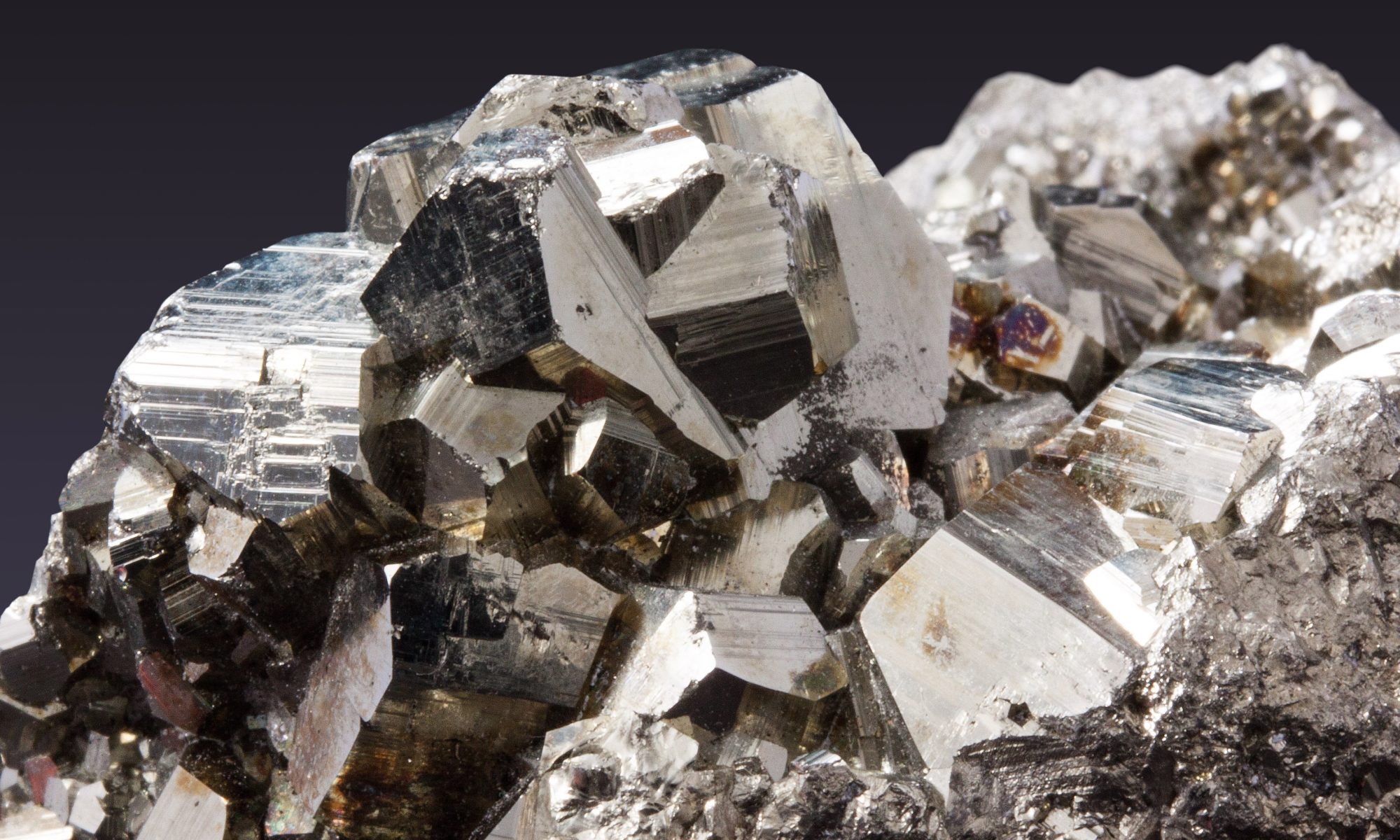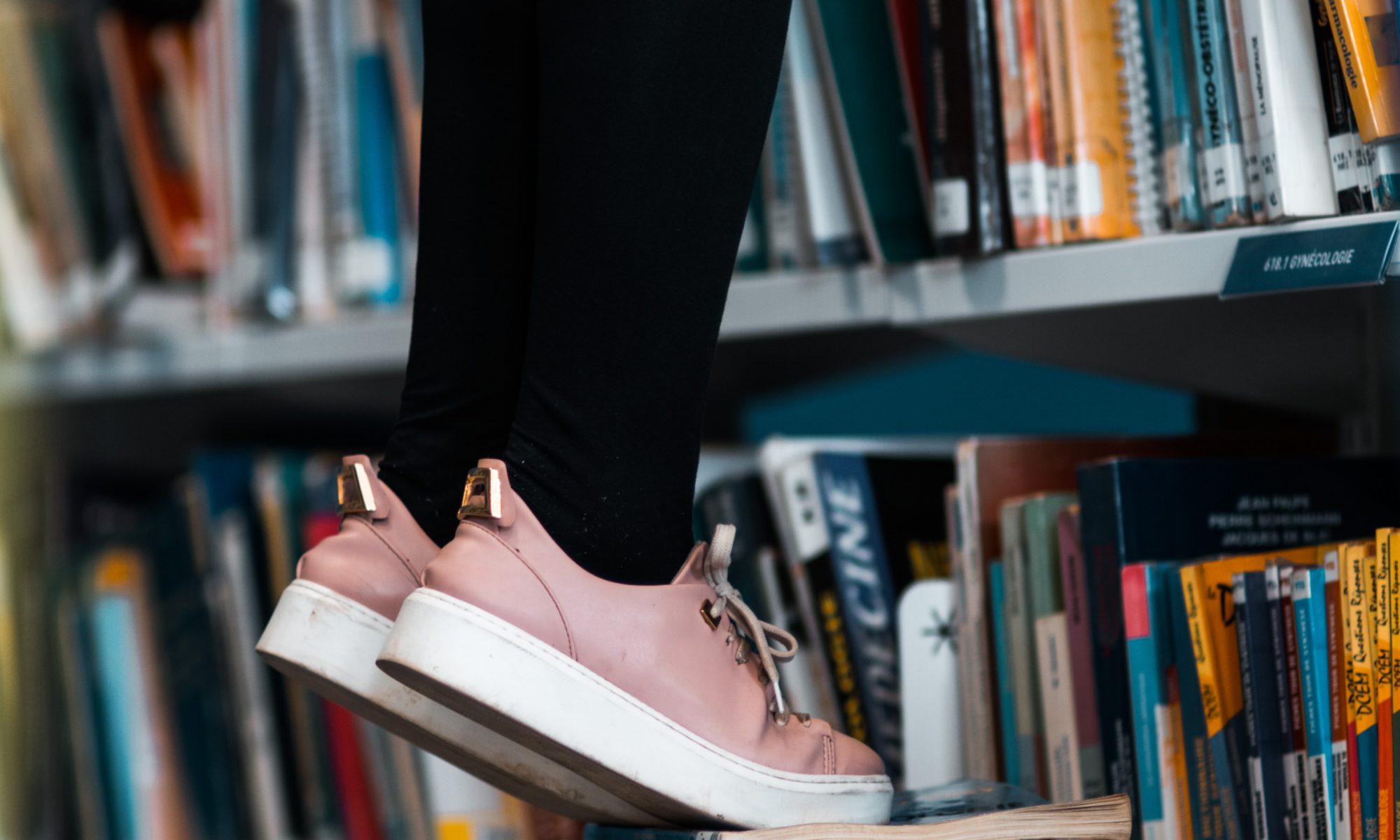Minerals, those naturally occurring, inorganic materials with well-defined chemical compositions and crystal structures have long influenced human culture and fascinated (geo)scientists. Some of the earliest descriptions of minerals and their uses date back to Ancient Egypt, recorded on papyri, as well as on stelae (blocks of stone or wood), and ostraca (clay tablets or pottery shards). Minerals and their uses have been intertwined with human history for thousands of years from the gemstone bracelets of the Egyptians and their belief that color was a strong reflection of personality (color symbolism, e.g., the use of gold for crowns on pharaohs and its association with the sun), to the Greeks and their wide use of gemstones in necklaces, and bracelets.
Continue reading “Got an apatite for minerals? Of quartz you do!”Whose Faces do we See in Geology Textbooks?
Author’s Note: The last few weeks have left us grappling with the profound effects of systemic racism, as seen in the wake of the recent protests and violence all over the USA and the world, as well as the disproportionate effect of COVID-19 on Black communities. This week’s post is dedicated to exploring the impact of another effect of systemic racism: lack of representation in educational spaces, made apparent in geology textbooks.
Continue reading “Whose Faces do we See in Geology Textbooks?”

